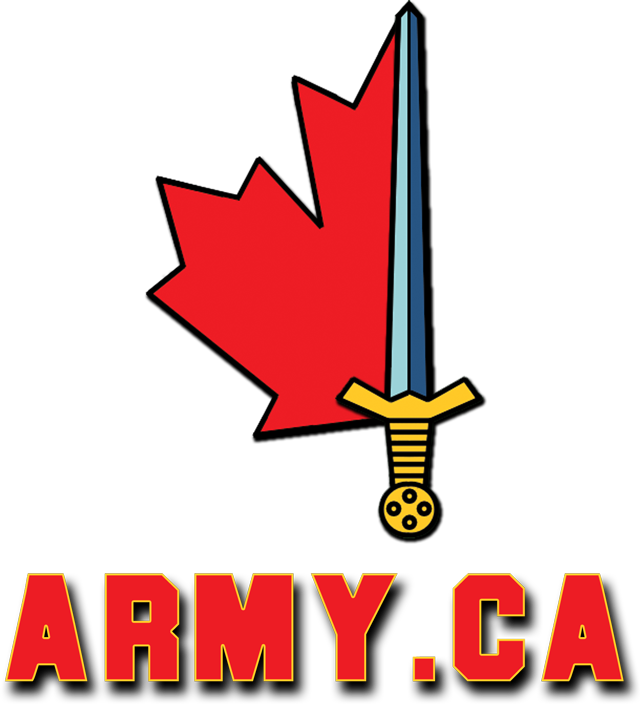Doesn't Alan Williams have anything else to do?
Bottom line? We're procuring ships for two-to-three times their real costs
In addition to the ships' more than doubled price tag, delivery will take twice as long. Worse, to date no one has been held accountable for this fiasco.
by: Alan Williams
On June 28, Defence Minister Bill Blair announced that construction will begin on a test module for the first Canadian Surface Combatant. Irving Shipbuilding Industries, its stakeholders, and employees have cause to celebrate. For Canadians and members of the Royal Canadian Navy, not so much.
On June 27, I had the opportunity to participate as an "external expert" in an embargoed technical briefing on the minister's upcoming announcement. Present were Vice-Admiral Angus Topshee, commander of the Canadian Navy; Troy Crosby, assistant deputy minister, materiel, at the Department of National Defence; and Simon Page, assistant deputy minister, defence and marine procurement, at Public Services and Procurement Canada.
While their presentations were well-scripted and intended to provide reassurance on the way ahead, I came away with feelings of increased apprehension and concern. In particular, alarm bells were raised regarding readiness to begin construction, the requirements, the costs, and the schedule.
Perhaps the most damning revelation to me occurred when, in response to my question, the officials acknowledged that construction of the ships was commencing before the ship design was finalized. Last year, U.S. Secretary of the Air Force Frank Kendall commented that his service is doing everything it can to avoid the kinds of "acquisition malpractice" he said is still dogging the F-35 Joint Strike Fighter when it comes to the competition for its new stealth sixth-generation crewed tactical jet. In particular, he said that contrary to past practice, he will insist upon a firm design from the outset.
Equally-if not more-relevant is the highly critical
report just released by the U.S. Government Accountability Office regarding the three-year scheduling delay of the Constellation-class frigate program. The report highlighted the unstable design as one of the principal causes of the reported delivery delay, and noted that at one point the Constellation design shared about 85 per cent commonality with the original FREMM design, but the alterations have brought that commonality down to under 15 per cent.
It is much more time consuming and expensive to modify a ship once it is built than it is to build it right from the start. Sadly, instead of learning from these mistakes, Canada decided to replicate them.
In the past, I have pointed out that while there were many fatal flaws in the CSC procurement process, one of the flaws most directly responsible for the spiralling costs was the release of the statement of requirements (SOR) to industry in a preliminary rather than a final version. Provided with the opportunity to assist in the formulation of the SOR and absent any real cost controls, costs have more than tripled since the initial estimates. In an attempt to address this requirements issue, Topshee emphasized early in his comments that only one capability, Co-operative Engagement, has been added since the outset of the program. Upon my questioning, however, he acknowledged that built into the process was a "reconciliation" phase that was specifically designed to allow for iterative changes to the requirements. It's impact on costs and schedule have been dramatic.
When I questioned Crosby on the costs of the CSC, he stuck to DND's 2019 estimate of $56-$60-billion to acquire the CSC, and approximately $200-billion for their life cycle costs. Frankly, it should strain anyone's credulity to believe that the minister of national defence obtained approval to proceed with this announcement with a cost estimate that is five years old. Much more likely is the reality that with all-too-common arrogance and disdain for the public's interest, the real costs were withheld. It is noteworthy that in 2022, the Office of the Parliamentary Budget Officer pegged the acquisition costs at over $80-billion, and the life cycle costs at over $300-billion.
Lastly, I was shocked when the DND and PSPC officials nonchalantly announced that the scheduled delivery date for all 15 CSC was now 2050. This timeframe is nearly a decade longer than the original target. Instead of one-to-two ships being built each year, we can now expect one ship every 16 months.
Bottom line: we are procuring ships for two to three times their real costs. and taking twice as long to get them delivered. To make matters worse, to date no one has been held accountable for this fiasco.
Alan Williams is a former assistant deputy minister, supply operations service at PWGSC (now PSPC) and assistant deputy minister, materiel at DND.
The Hill Times



